Two-year coronavirus hangover as Frydenberg rules out ‘endless money tree’
Industries most damaged by shutdown — hospitality, accommodation, air transport and retail — will take two years to recover from pandemic.

The industries most severely damaged in the COVID-19 shutdown — hospitality, accommodation, air transport and retail trade — will take two years to recover the losses inflicted by the pandemic.
Some industries — such as healthcare and social assistance, public administration and heavy and civil engineering — can expect by the end of this year to be ahead of where they were before the coronavirus hit
Research by leading accounting firm KPMG, obtained by The Australian, shows the economy as a whole will not recover its losses until the September quarter of next year — a full 18 months after the pandemic first gained a foothold within the country.
The findings emerged as Josh Frydenberg prepared to deliver a key economic statement on Tuesday — the same day the budget was due to have been delivered. The Treasurer will warn that there is no “money tree”, with commonwealth assistance of $320bn having reached its limit.
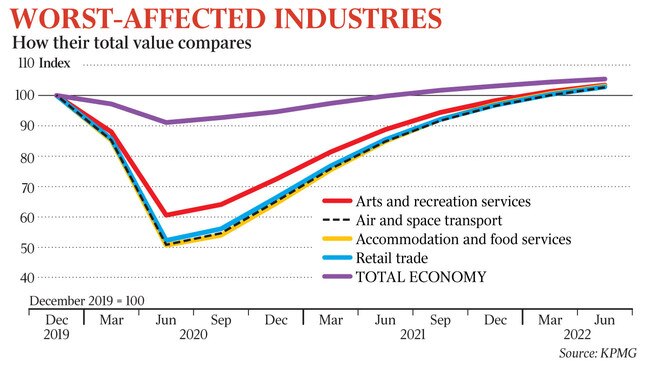
“With $320bn, or 16.4 per cent of GDP in financial support, our focus is getting the country through the crisis and positioning the economy to recover on the other side,” says Mr Frydenberg’s statement, to be released jointly with Finance Minister Mathias Cormann.
“This has only been possible because of the position of strength from which we entered the crisis.
“Rebuilding consumer and business confidence will be key as the nation’s finances can only be sustained by a strong and growing market-led economy. Australians know there is no money tree. What we borrow today, we must pay back in the future.”
The KPMG research shows economic activity in the accommodation and food services sector will be half what it was by June 2020 before charting a long and painful return to pre-COVID levels of output by March 2022, almost two years later.
The same trend is true for the retail trade. The air transport industry will suffer a similar, rapid collapse, but won’t surpass its December 2019 output levels until June 2022 as international borders stay closed well into 2021. Arts and recreation businesses will suffer a 40 per cent hit to output, and will also stay at relatively depressed levels until the first quarter of 2022.
“We have experienced the single largest shock to the economy in close to a century,” said KPMG chief economist Brendan Rynne.
“The economy’s fundamentals were relatively sound going into this, but what you are seeing is an unprecedented decline in activity in parts of the economy which have effectively been turned off.”
Revised Treasury forecasts also show more than 250,000 Australians stood down or forced on to JobSeeker could be returned to work within weeks if all the states and territories moved to fully implement the first phase of the national cabinet’s three-step plan to ease COVID-19 restrictions. The greatest boost to refiring the economy now rests with NSW and Victoria.
The Treasury figures show the full reopening of schools would add $2.2bn to the economy by July while a recovery in retail from the rolling back of social-distancing restrictions would also lift GDP by a further $3bn if the two biggest states moved swiftly.
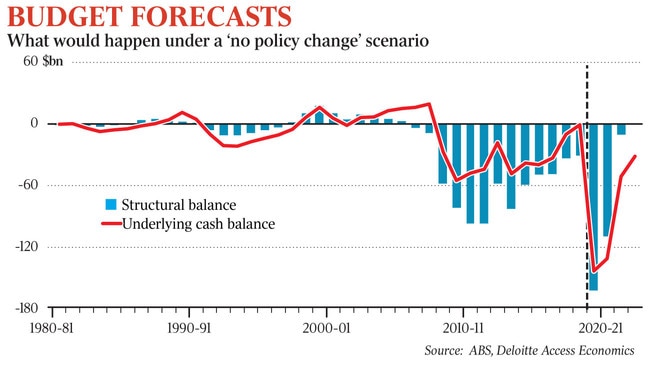
Victoria and NSW risk a combined rolling economic contraction of $2bn for every week they delay winding back their tough COVID-19 lockdown measures.
Treasury has forecast a $9.4bn lift in economic growth each month if all three stages of the restriction roll-back are implemented, but more than half of this would be driven by the pace at which NSW and Victoria moved.
By sector, the reopening of restaurants and cafes would deliver a $1.7bn boost to the economy, followed by more than $1bn in activity being unlocked by relaxing controls on industry.
The unshuttering of gyms, cinemas and domestic travel would add another $1.5bn.
Scott Morrison has also left the door open to overhauling the $130bn JobKeeper scheme, depending on how the nation recovers from the pandemic. Ahead of Treasury finalising its review into the delivery of the wage subsidy scheme by June, the Prime Minister said the government could make adjustments to JobKeeper payments where necessary.
Mr Morrison has stopped talking about a swift economic “snapback” following the health crisis, with Anthony Albanese arguing this would symbolise a “return to the Liberals’ traditional agenda”.
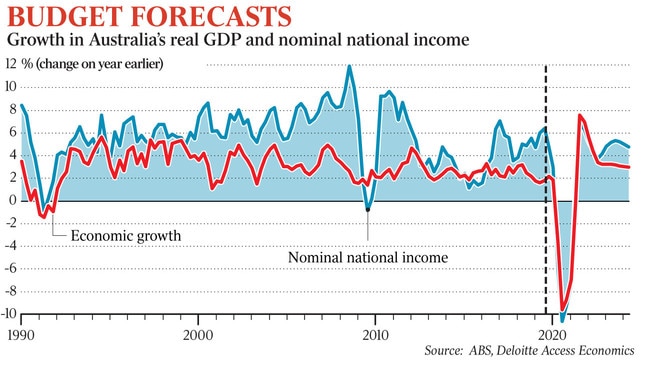
The government last week presented its three-step process to lifting social-distancing restrictions by July, with states and territories announcing their own staggered pursuit of this plan.
With the shutdown lifting in coming weeks following a successful campaign to flatten the curve of new infections, Dr Rynne said it was most likely to be a case of two steps forward and one step back when it came to lifting social-distancing rules.
In the event of any major reversals, he said the downturn would be “deeper and longer”, with the recovery to pre-COVID levels delayed by a further six months.
KPMG’s industry-by-industry analysis uses the December national accounts as the baseline of a pre-COVID world, with Dr Rynne saying his bleak forecasts were based on an “optimistic” view that there were no significant outbreaks of the virus in coming weeks as restrictions were eased.
The base case assumes the network of economic relationships can be restored — without any long-term damage — once the lockdown is eased.
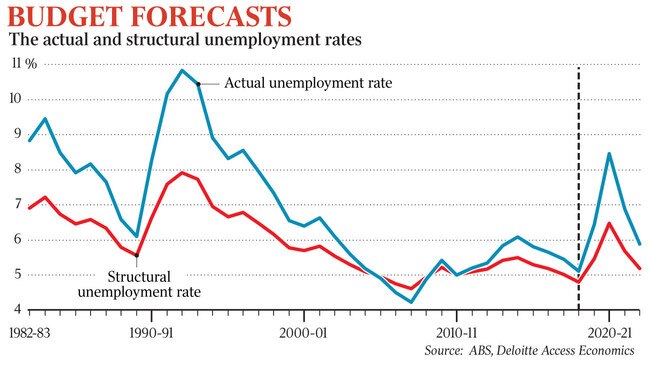
The decline in earnings by sector drew heavily on the Australian Bureau of Statistics’ special business surveys, which track the impact of the health crisis.
However, the KPMG research also shows other sectors will actually receive a boost as demand for their services increases during the pandemic.
For example, the healthcare and social assistance segment will be 6 per cent bigger in terms of output by June, while transport, postal and storage services will be 4 per cent larger as Australians shop more online.
Public administration and safety services will be 3 per cent larger by June.

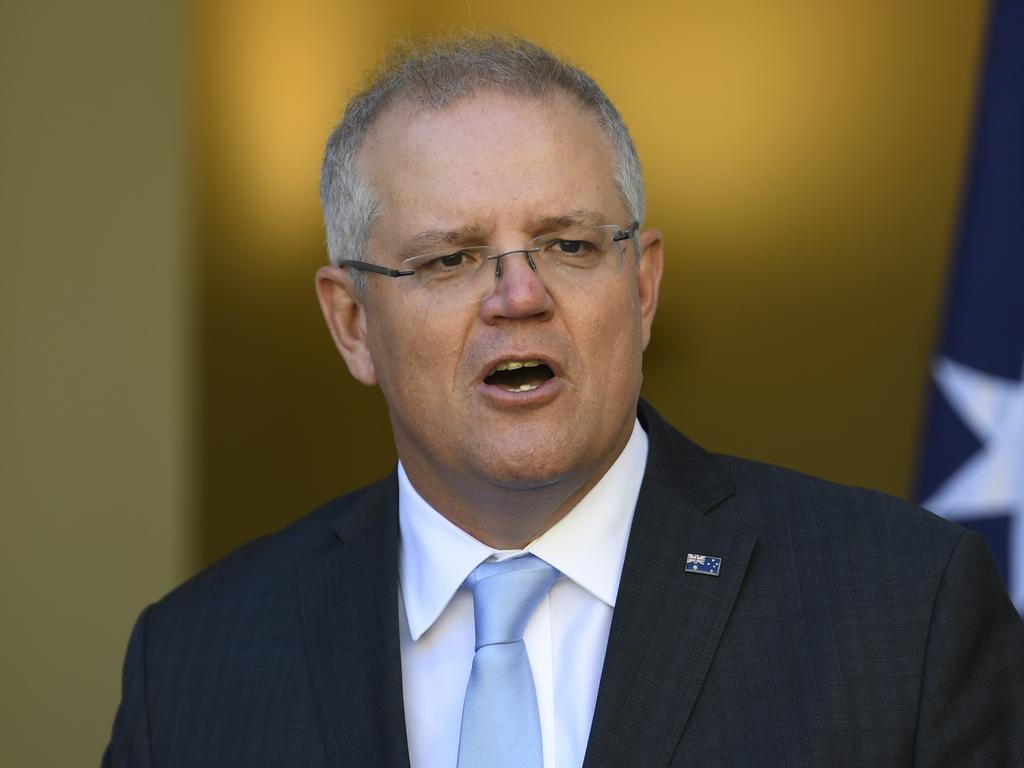

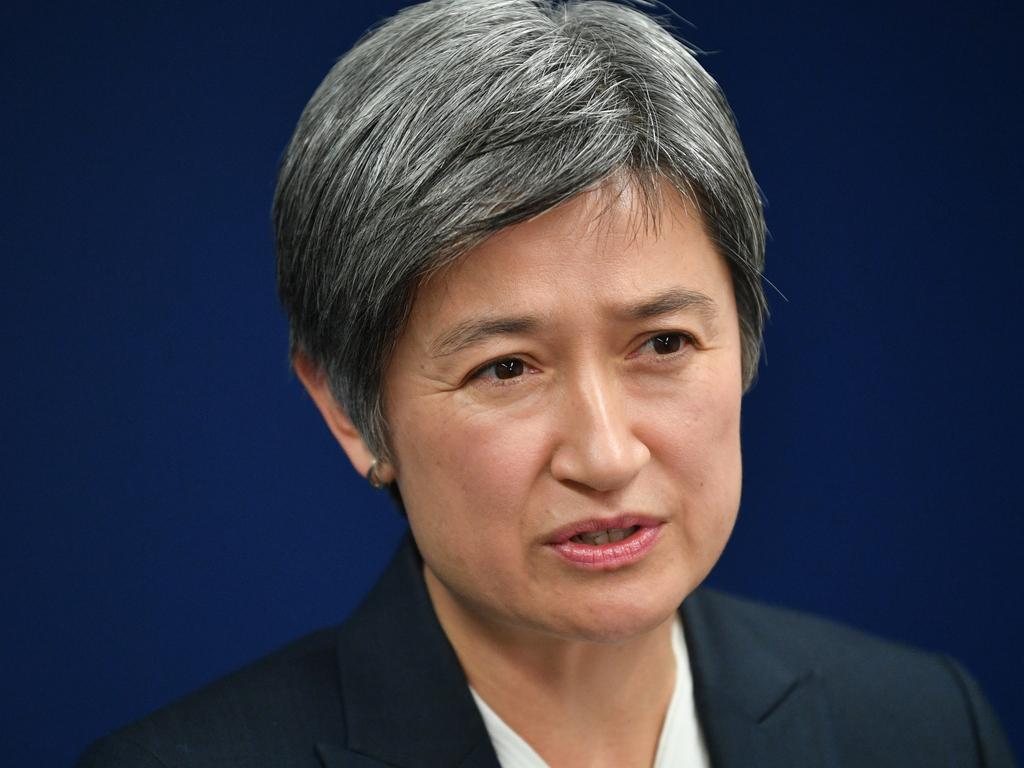



To join the conversation, please log in. Don't have an account? Register
Join the conversation, you are commenting as Logout